Latin America has long been a hub of spiritual traditions, often enhanced by sacred plant medicines. From the deep Amazon to the high Andes, these natural substances have connected people to the spiritual realm for centuries, allowing them to heal, find insight, and bond with their ancestors. This journal explores the most renowned plant-based substances used in religious or spiritual ceremonies across Latin America, as well as their origins, uses, effects, and legal status.
But first, let’s talk about why it’s essential to preserve the integrity of these traditions as plant medicine becomes more popular in the West.
Respecting Tradition and Avoiding Appropriation
In recent years, plant medicine has surged in popularity worldwide. As Western wellness movements embrace substances like ayahuasca, peyote, and cacao, it’s crucial to recognize that these are not just tools for personal exploration. They hold deep cultural, spiritual, and historical significance for indigenous communities across Latin America.
These sacred plants are part of ancient ceremonies passed down through generations, often led by shamans or healers who’ve spent their lives learning how to work with them safely and respectfully. The risk of commodifying or ‘westernizing’ these substances without understanding or respecting their origins is real—and it can dilute their power and significance.
Why It Matters:
- Cultural Preservation: Indigenous knowledge and practices are central to the use of plant medicines. These aren’t quick fixes but sacred rituals meant to heal the mind, body, and spirit.
- Spiritual Integrity: Without proper guidance and respect, the spiritual essence of these practices can be lost. It’s essential to honor the wisdom of the curanderos and the communities who have preserved these traditions.
- Ethical Use: Western appropriation of plant medicine can sometimes lead to unethical practices, including overharvesting and exploiting indigenous communities. Supporting authentic, community-led ceremonies ensures that these traditions are preserved and respected.
As we explore these substances, it’s important to remember their roots and respect the cultures that have protected and honored them for millennia.
Most Common Plant Medicines in Latin America
What exactly is a plant medicine ceremony, and what can you expect from one?
Ayahuasca (Banisteriopsis caapi and Psychotria viridis)
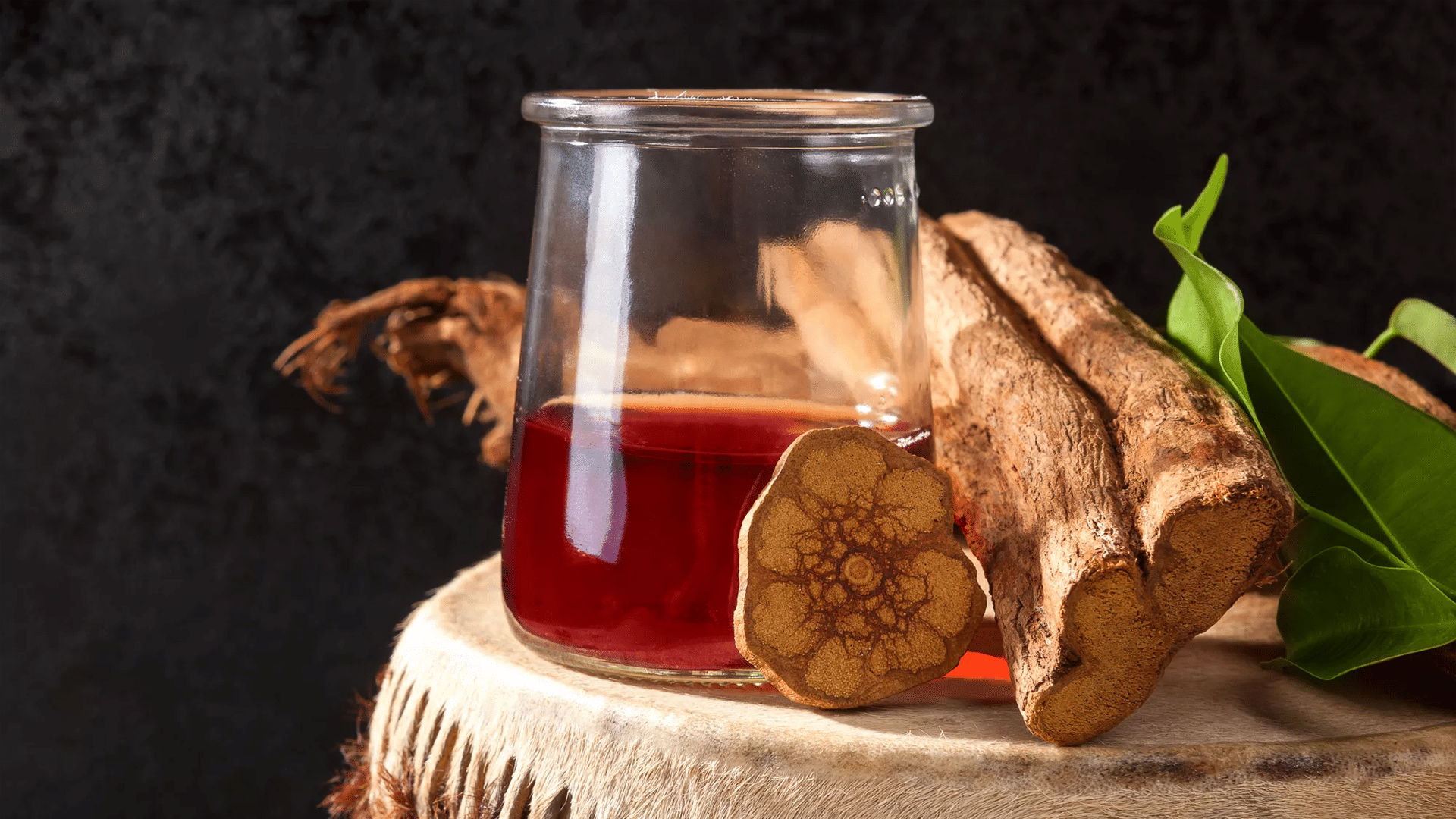
- Where it’s from: The dense jungles of the Amazon Basin, with the most well-known traditions coming from Peru, Brazil, Colombia, and Ecuador.
- Why it’s used: Ayahuasca ceremonies are known for their deep healing properties, both emotionally and physically. Shamans prepare the brew in a ceremonial context, guiding participants through what is often an intense but transformative experience. Ayahuasca is seen as a powerful teacher, often called “La Medicina” (The Medicine), meant to bring clarity and healing.
- Effects: Ayahuasca is known for its intense psychedelic effects, leading participants through visions that may include interactions with spiritual beings or profound insights into their personal lives. Many people report purging (vomiting) as part of the experience, which is considered a release of emotional and physical toxins.
- Legality: Ayahuasca is legal for ceremonial use in countries like Peru and Brazil, where it is seen as a religious sacrament. However, its legality can be more complicated in countries that do not recognize its religious or spiritual significance.
Ayahuasca’s power lies not just in the brew itself but in the tradition surrounding it. Participants must approach these ceremonies with respect and an open heart. The role of the shaman is critical—they provide spiritual guidance, protect the space, and help participants navigate the often challenging visions.
Western interest in ayahuasca has skyrocketed, but it’s essential to seek authentic, ethically run ceremonies that honor the indigenous traditions.
Peyote (Lophophora williamsii)

- Where it’s from: Native to the deserts of northern Mexico and the southwestern United States, particularly sacred to the Huichol people of Mexico.
- Why it’s used: Peyote has long been used by indigenous people in ceremonies for spiritual healing and vision quests. It’s a way to connect with the divine, the earth, and ancestors. The Huichol people, for example, embark on long pilgrimages to gather peyote in sacred desert areas, using it as a gateway to the spiritual world.
- Effects: Peyote contains mescaline, a psychoactive compound that induces visions, heightened sensory perception, and deep introspection. The effects can last for up to 12 hours, and the experience is often described as humbling and spiritual.
- Legality: While peyote is illegal in many countries, it is legal in Mexico and some areas of the United States for use by indigenous groups in religious ceremonies.
Peyote ceremonies are often communal and deeply spiritual, rooted in indigenous traditions that emphasize respect for the earth and spiritual guidance. The Huichol people see peyote as a sacred messenger, connecting them to their ancestors.
San Pedro (Echinopsis pachanoi)
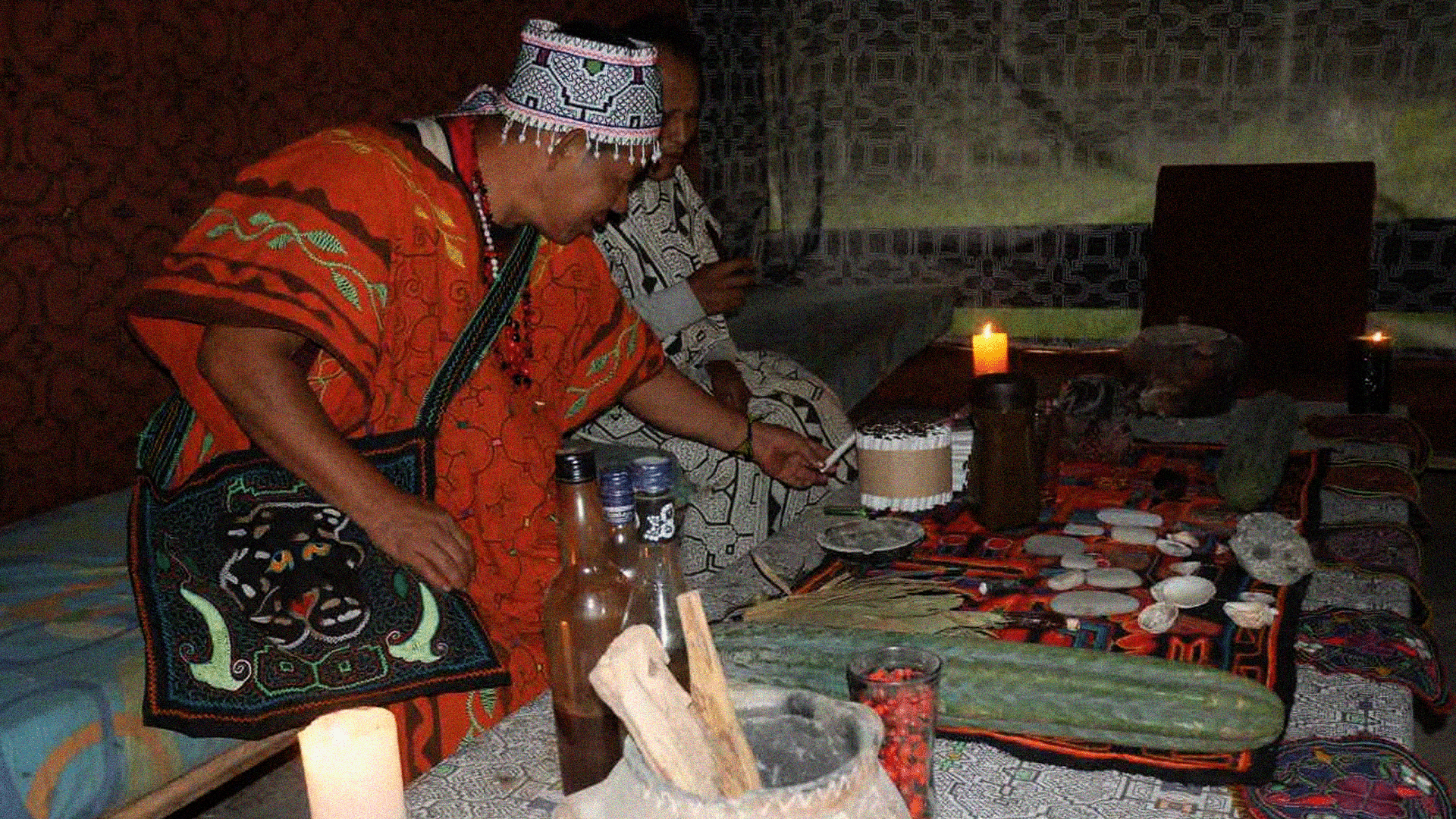
- Where it’s from: The Andes mountains, particularly in Peru, Ecuador, and Bolivia, where it has been used for over 3,000 years in healing rituals.
- Why it’s used: San Pedro, also known as Huachuma, is used to facilitate emotional and spiritual healing. Unlike ayahuasca’s intense, often challenging journey, San Pedro is known for being a heart-opening and gentle teacher. It’s used in rituals to promote clarity, insight, and connection with the natural world.
- Effects: San Pedro contains mescaline, which produces mild hallucinations, heightened awareness, and deep introspection. Participants often report a profound sense of peace and love during the ceremony.
- Legality: San Pedro is legal in most South American countries, although its psychoactive properties make its use regulated in some regions.
San Pedro ceremonies often take place outdoors, reflecting the plant’s connection to nature. The cactus is brewed into a tea and consumed during ceremonies led by a shaman. The journey with San Pedro is gentle but deep, often bringing participants face-to-face with their emotions and guiding them toward healing.
Psilocybin Mushrooms (Psilocybe cubensis, azurescens, and others)
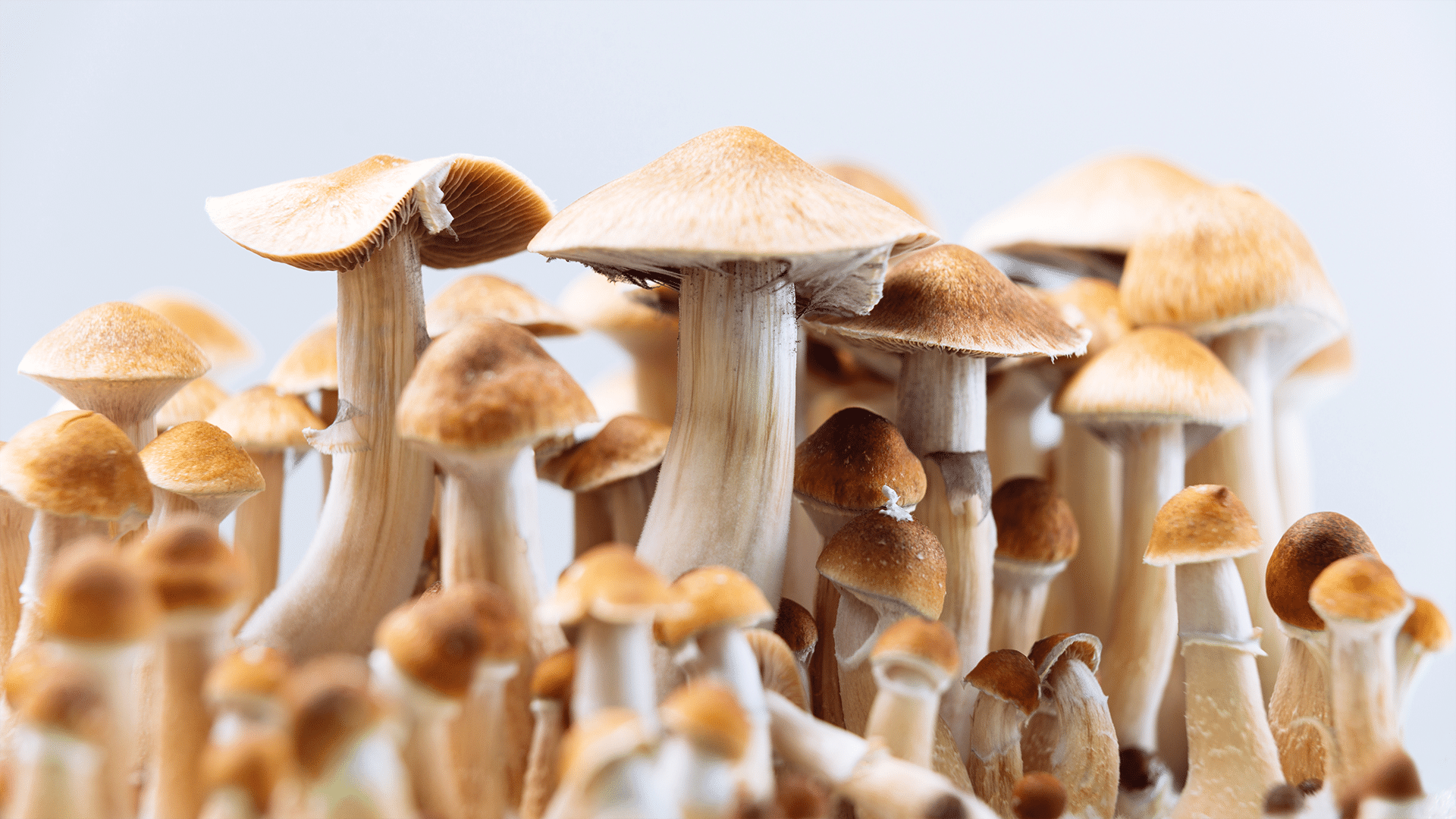
- Where it’s from: Psilocybin-containing mushrooms, often referred to as “magic mushrooms,” have a long history of use in Mesoamerica, particularly in regions of Mexico where indigenous cultures, like the Mazatec, have used them in spiritual ceremonies for centuries.
- Why it’s used: These mushrooms have been used in sacred rituals to facilitate communication with spirits, gain insights, and experience deep spiritual healing. Indigenous shamans often consume psilocybin mushrooms to enter altered states of consciousness and guide participants through visions that help them confront personal or collective issues.
- Effects: Psilocybin mushrooms are known for their hallucinogenic properties, inducing vivid visual and auditory changes, profound emotional experiences, and a sense of connection to the universe. The experience can last anywhere from four to six hours, often leading to deep introspection, emotional release, and a heightened sense of empathy.
- Legality: The legality of psilocybin mushrooms varies widely. In Mexico, their use is tolerated in certain indigenous ceremonial contexts, but they remain illegal for general consumption. Some countries in Latin America have started to explore decriminalization efforts, but most still classify psilocybin as a controlled substance.
Psilocybin mushrooms have a rich history in Latin American spirituality, with ancient use dating back to the Aztec and Mayan civilizations. Known as “teonanácatl” or “flesh of the gods,” these mushrooms were believed to provide divine insight.
Today, psilocybin ceremonies are seeing a resurgence in the global wellness and mental health communities, often viewed as a tool for emotional healing and spiritual awakening. However, it’s essential to approach these ceremonies with respect and a clear understanding of their cultural and spiritual roots, ensuring that the wisdom of indigenous traditions is honored.
Weed (Cannabis sativa)
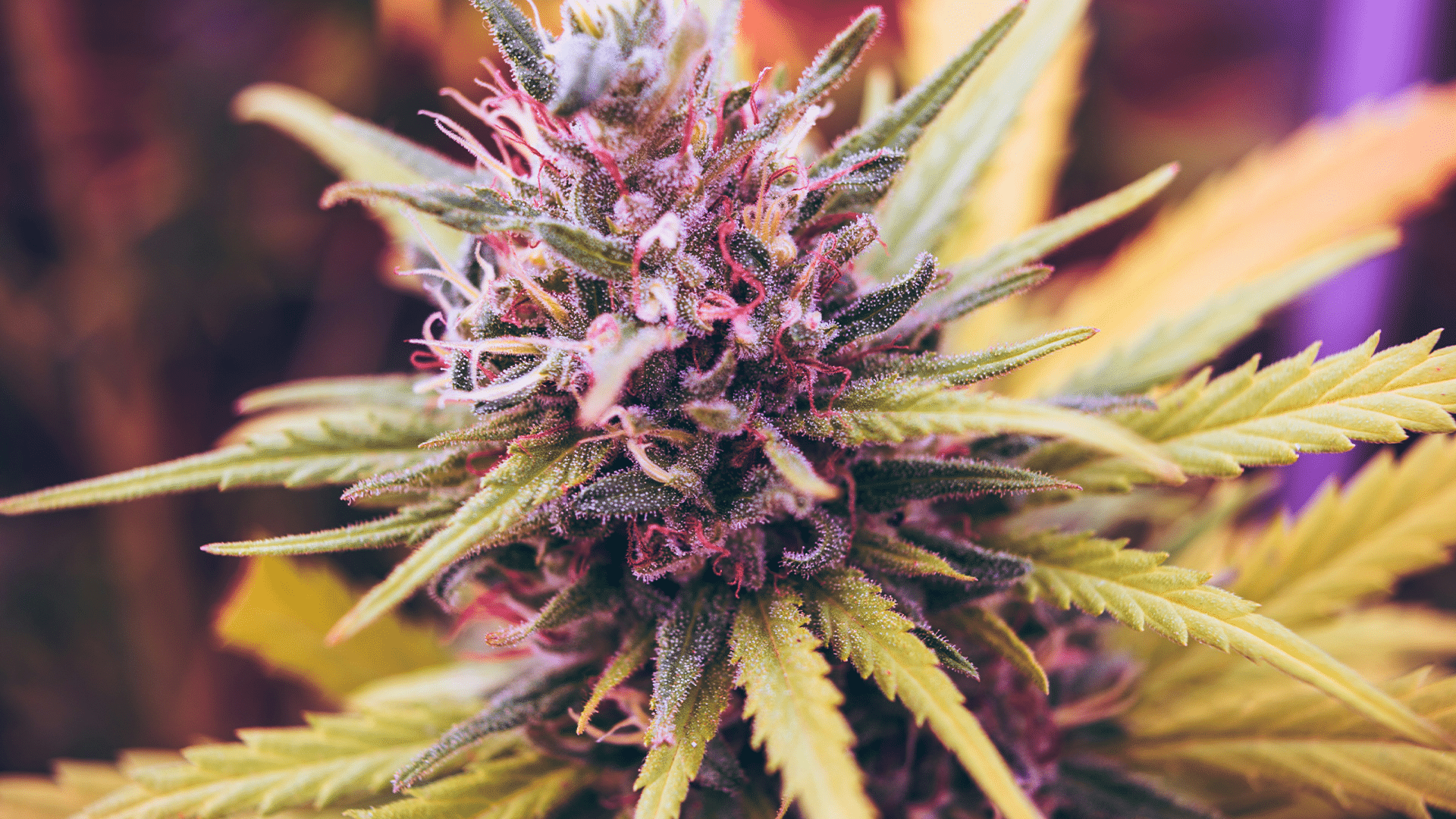
- Where it’s from: Although not native to Latin America, cannabis has a longstanding history here in many modern spiritual and wellness practices across the region.
- Why it’s used: In spiritual settings, cannabis is often used to enhance meditation, heighten creativity, and deepen connection to oneself or the divine. It’s also embraced in ceremonial circles to induce a state of calm and presence.
- Effects: Cannabis offers a range of effects, depending on the strain and dosage. Common effects include relaxation, heightened sensory perception, altered states of consciousness, and deep emotional reflection. Some users also report enhanced creativity and a feeling of spiritual connection.
- Legality: The legality of cannabis varies across Latin America. Uruguay led the charge by fully legalizing it in 2013. Mexico and Colombia are moving toward legalization, while other countries still enforce strict prohibition laws.
Cannabis ceremonies are newer to the scene but are gaining popularity for their ability to open the mind and heart. Whether used solo or in a group, cannabis can help foster a deeper sense of connection and mindfulness. As legalization spreads across Latin America, cannabis is becoming a more common tool in both spiritual and recreational settings.
Rapé or Hapé (Nicotine rustica)
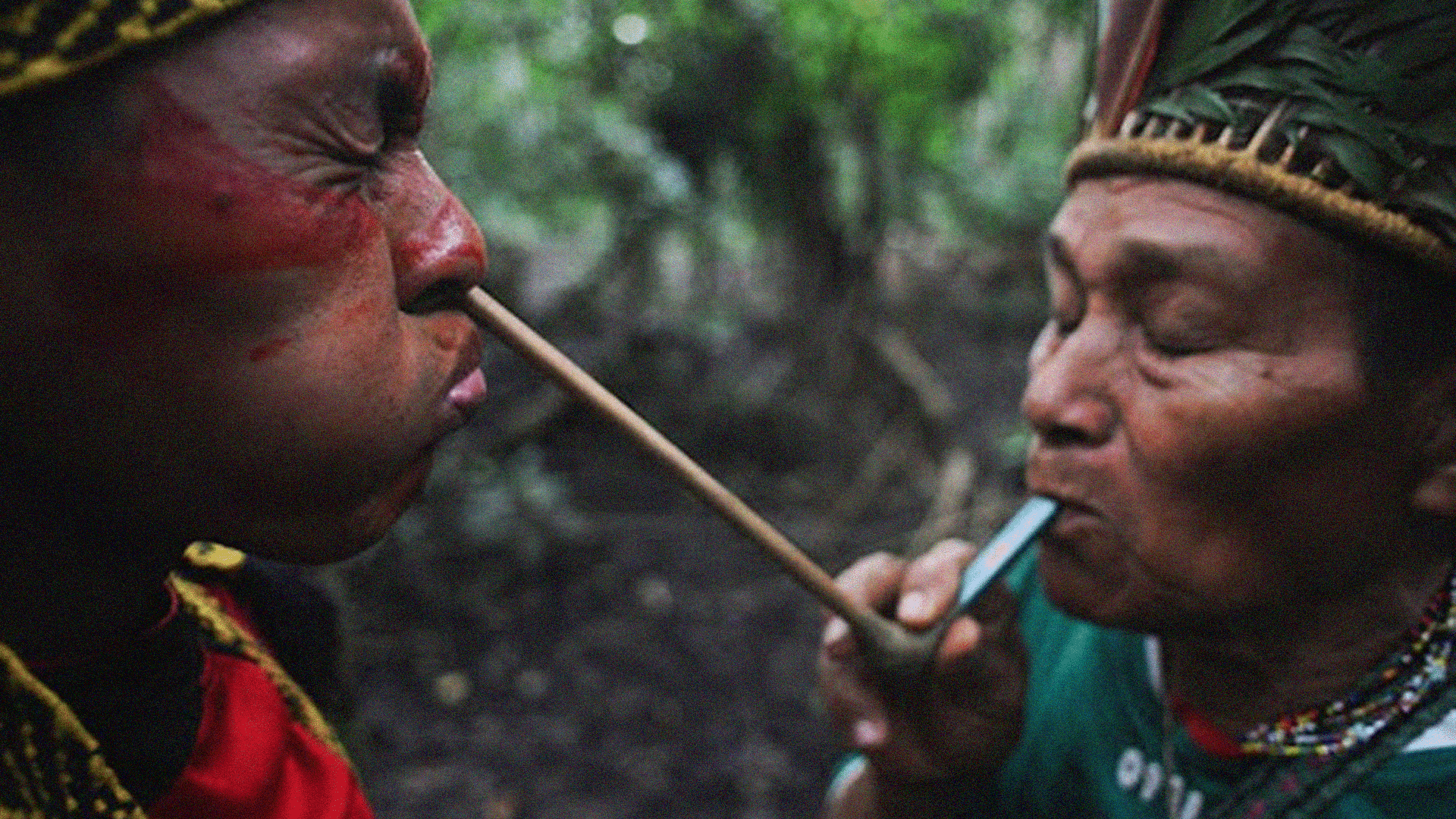
- Where it’s from: Rapé, also known as Hapé, is a sacred snuff used by indigenous tribes of the Amazon, particularly in Brazil and Peru. The blend is made from ground tobacco and a mixture of other Amazonian herbs, often custom-made by shamans.
- Why it’s used: Rapé is used in spiritual ceremonies to clear the mind, ground the body, and open spiritual channels. It helps purify the mind of distracting thoughts and realign energy, making it a powerful tool for meditation, prayer, and connection to the spirit world.
- Effects: When administered (usually blown into the nostrils with a pipe), Rapé can bring immediate clarity, grounding, and a sense of connection with the self and nature. It’s known to balance energy, focus the mind, and create a heightened state of awareness, often followed by a period of deep contemplation or meditation.
- Legality: Rapé is legal and widely used in traditional and contemporary shamanic practices throughout the Amazon region. Its use outside of these contexts is growing in wellness communities but remains mostly ceremonial in nature.
Rapé is an integral part of Amazonian shamanic traditions, often used in tandem with other plant medicines like ayahuasca. It’s typically administered by a shaman or healer, who blows the snuff into the recipient’s nostrils using a pipe.
This intense process is designed to cleanse both physical and spiritual energies, leaving participants feeling grounded, centered, and clear-headed. As with other sacred substances, Rapé’s use is deeply tied to tradition, and it’s important to approach it with respect for the culture and the spiritual practices it supports.
Cacao (Theobroma cacao)
- Where it’s from: Central and South America, particularly in Mexico, Guatemala, and Belize. The Mayans referred to it as the “food of the gods,” and the Aztecs used cacao beans as currency.
- Why it’s used: Cacao ceremonies are all about heart-opening. It’s a gentle yet powerful way to connect with your emotions, foster community, and set intentions. It’s often used as a tool for personal reflection and to promote feelings of love and gratitude.
- Effects: While cacao doesn’t produce a psychedelic experience, it does create a mild euphoria, deep relaxation, and emotional clarity. The theobromine in cacao acts as a stimulant, but without the jittery effects of caffeine.
- Legality: Cacao is legal everywhere and has become a modern staple in wellness circles. Cacao ceremonies are now popular across the globe, offering a gateway to personal healing in a supportive and non-intense setting.
Traditionally, cacao was prepared in ceremonial settings with a focus on gratitude and connection. In today’s wellness culture, it’s easy to overlook the spiritual weight this practice holds.
The ceremonial use of cacao is an ancient practice that goes beyond a simple hot chocolate drink—it’s about aligning with nature and the heart’s desires. When engaging in cacao ceremonies, it’s vital to respect its origins and the sacred energy it holds.
In Gratitude and With Respect
Each plant carries not only its own healing properties but also the weight of the cultures and communities that have used them for centuries. Whether you’re seeking emotional healing, spiritual insight, or just curious about these substances, remember that these aren’t just wellness tools—they’re deeply intertwined with the cultural heritage of Latin America.
So, which plant medicine resonates with you? Have you ever participated in a ceremony? As we embrace the rise of plant medicine, let’s make sure we do so with respect for the traditions that have kept these practices alive for generations. And if you’re looking for an easy entry point with plant medicines, give our gomitas a try.






